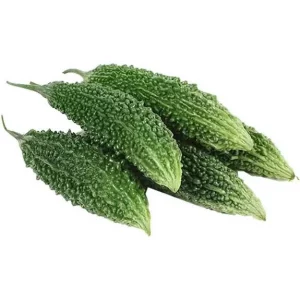$40.00 Original price was: $40.00.$35.00Current price is: $35.00.
Red amaranth is a versatile and nutritious plant, valued for both its leaves and seeds. Here are some details about red amaranth and its products:
Description
Botanical Name: Amaranthus cruentus
Common Names: Red amaranth, Chinese spinach, Rajgira (in India), Callaloo (in the Caribbean)
Appearance: Red amaranth has vibrant red to purple leaves, stems, and flowers. The seeds are small, round, and can be white, yellow, or pinkish.
Red amaranth is not only a nutrient-dense addition to your diet but also a sustainable and versatile plant that can be enjoyed in a variety of forms.
Gourd leaf
Gourd leaves, derived from various species of the gourd family (Cucurbitaceae), are edible and widely used in many culinary traditions around the world. Here is an overview of gourd leaves, their nutritional benefits, culinary uses, and more:




© banglaeu.com 2024 All Rights Reserved | Managed By DLT
Reviews
There are no reviews yet.